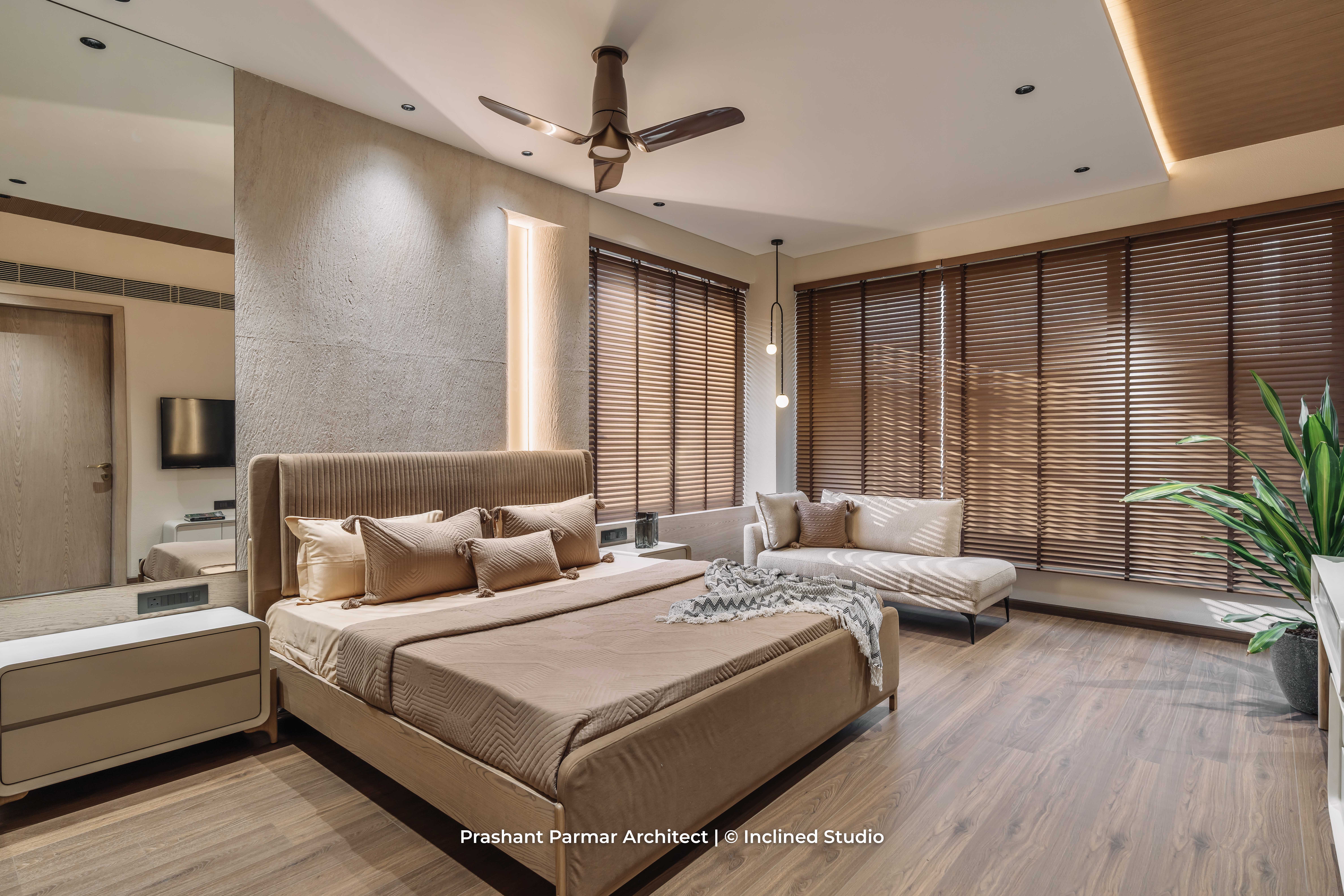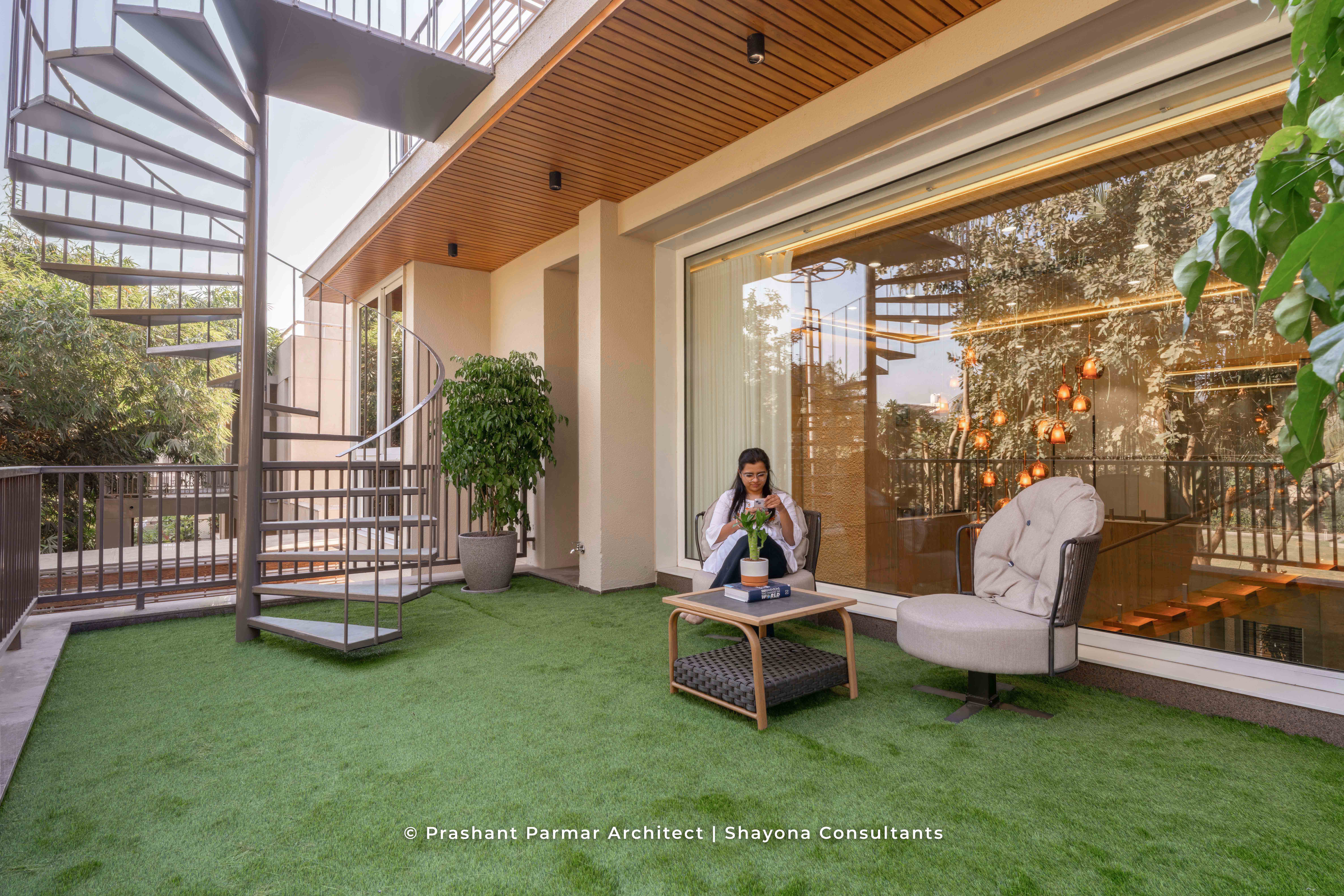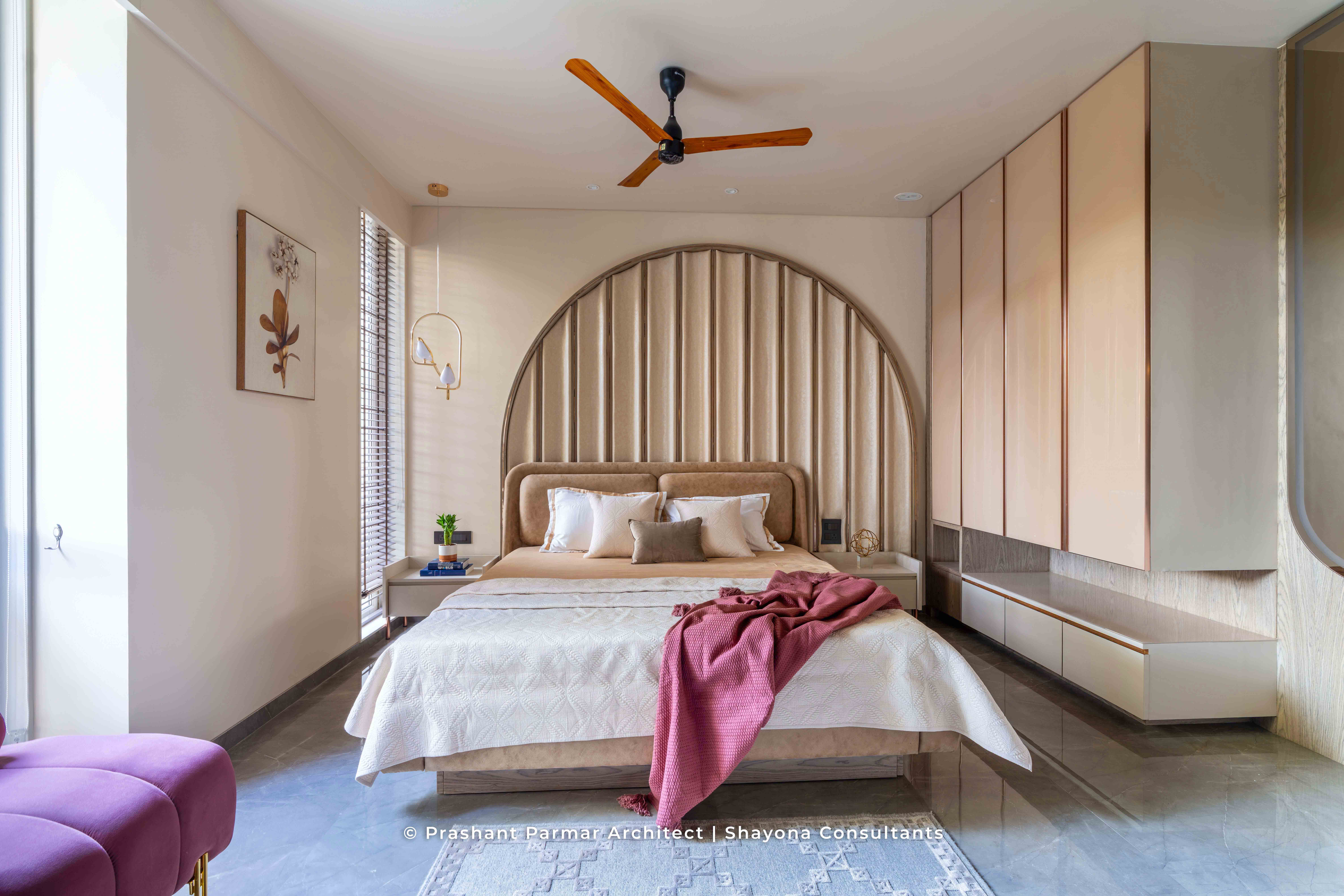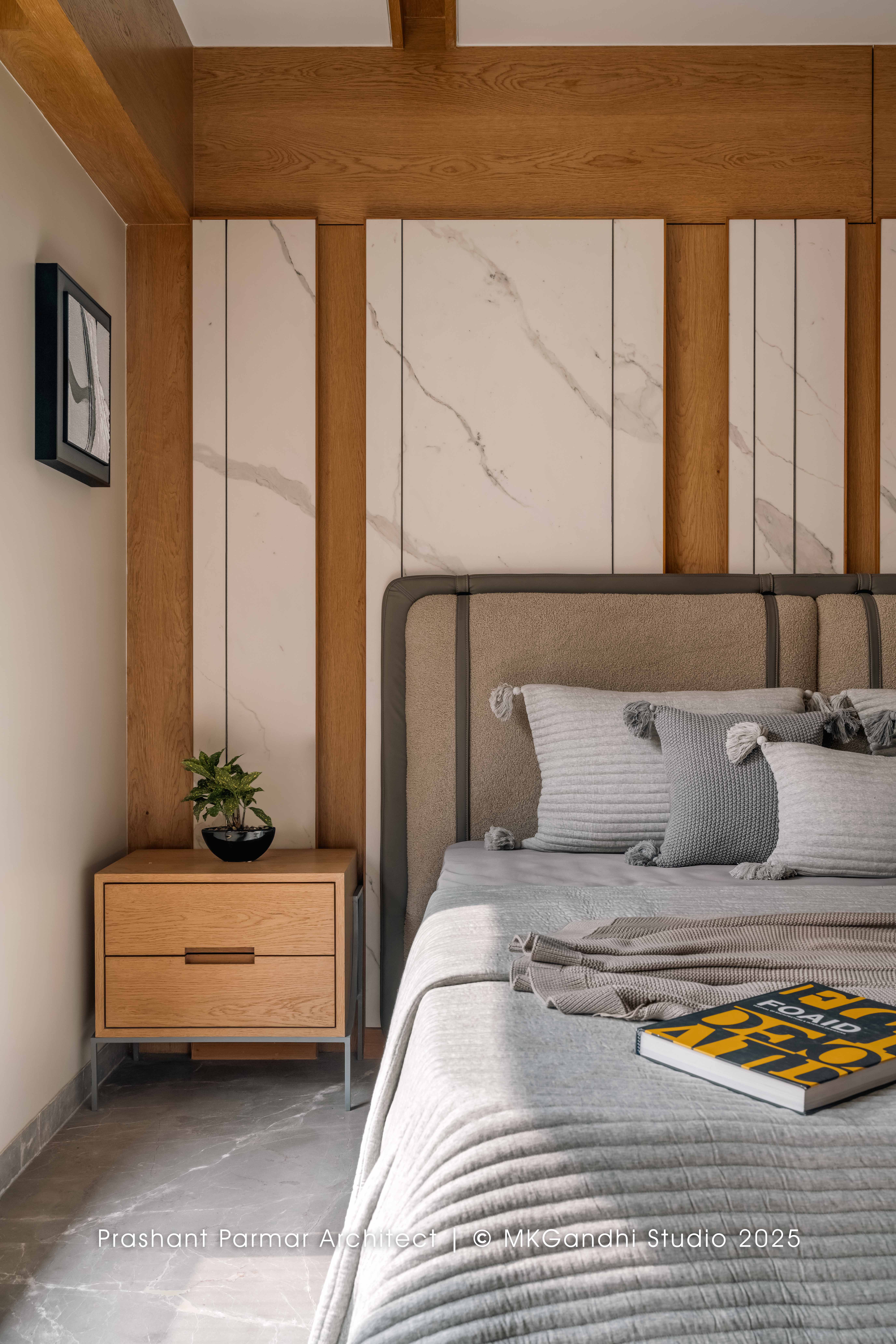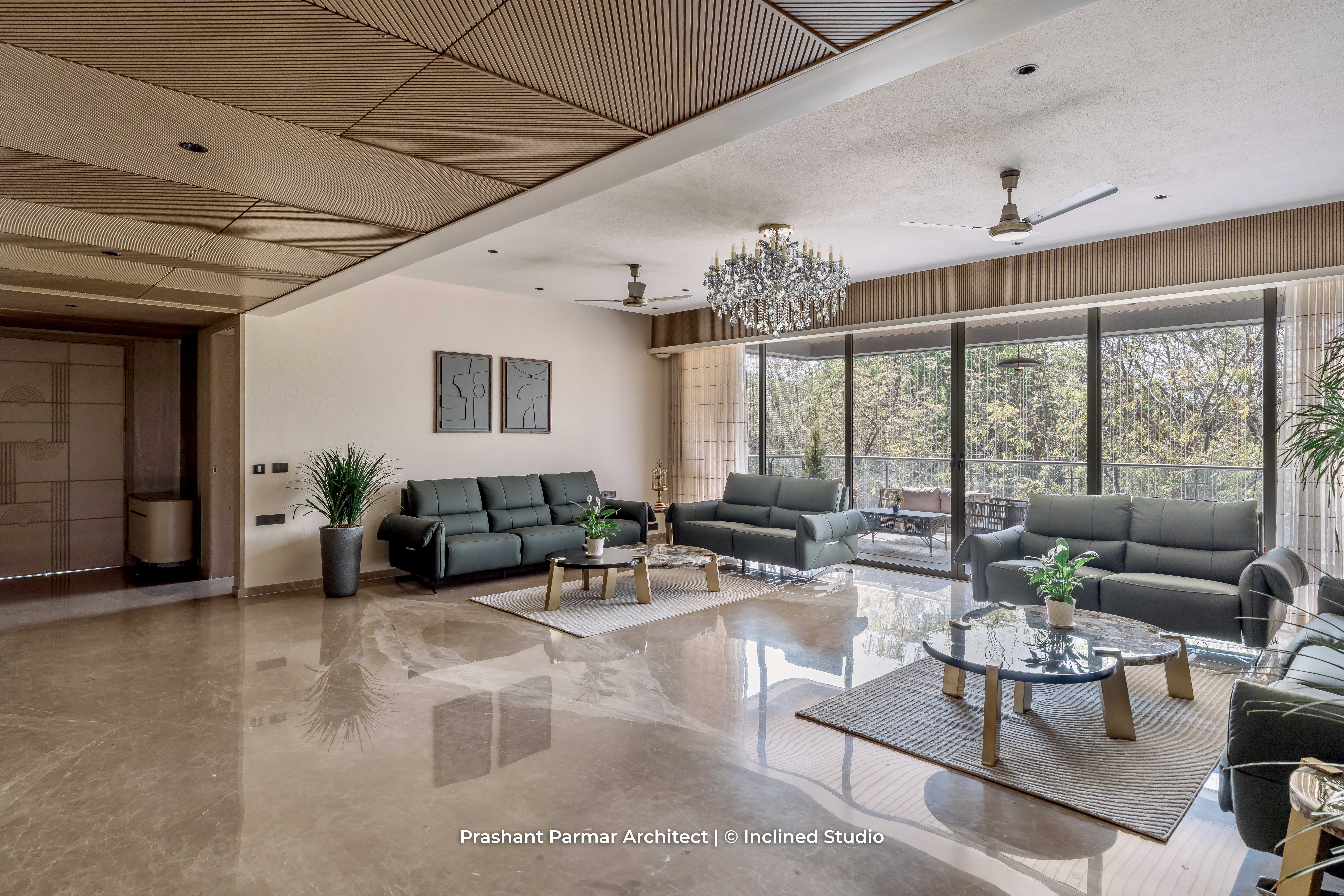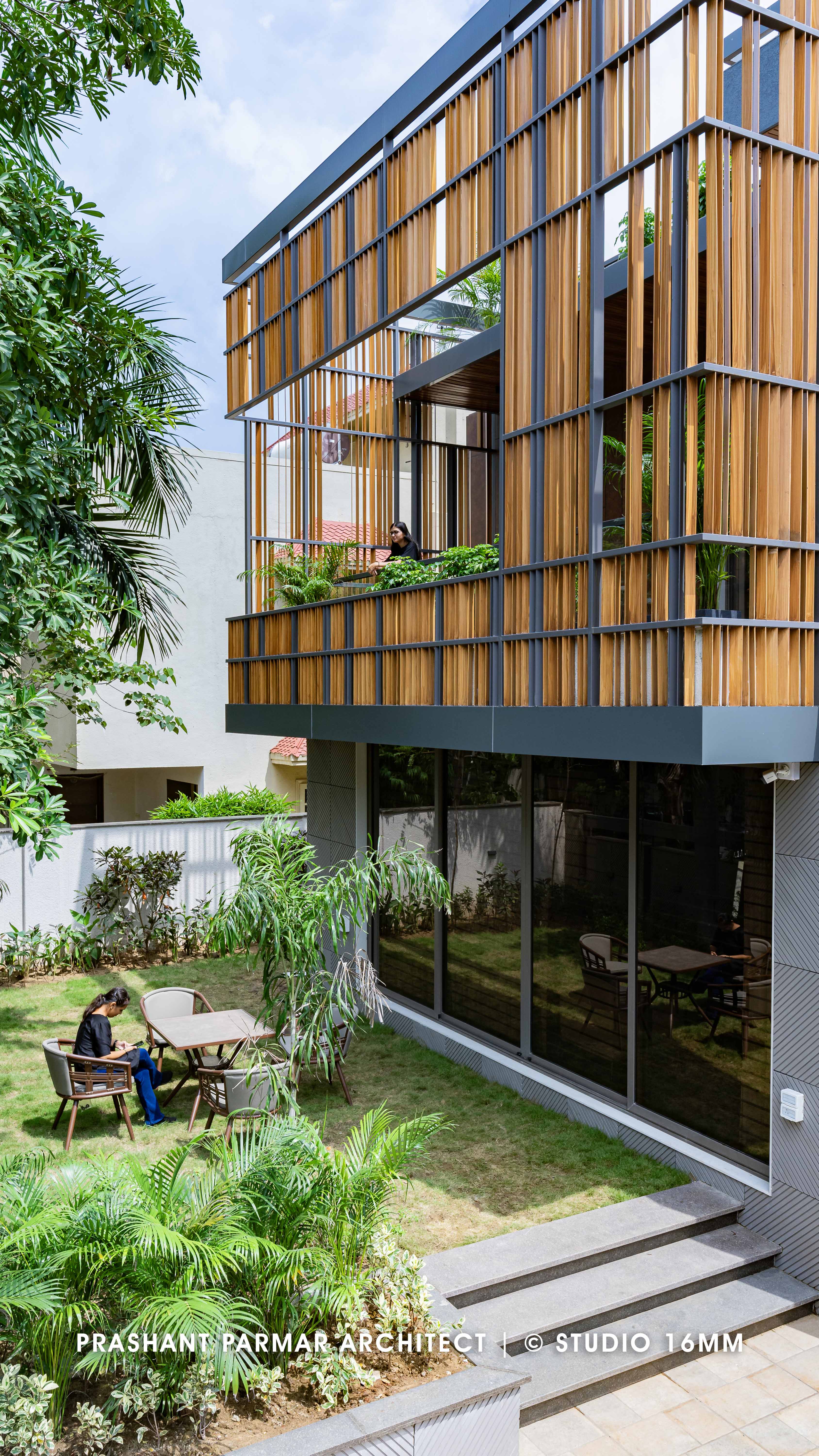Transitional Interior Design: All You Need to Know About
- Updated July 11, 2025
Are you confused between multiple design options to upgrade your home’s style? We can understand your situation. But we also have a solution to your problem!
When you want to create a diverse design mixed with different elements and reflecting different eras, transitional interior design is the way to go. It’s basically a mix of traditional and modern styles, blending formal & ornate elements to create a space that is both classic and modern.
Any leading interior designer in Baroda will suggest a transitional style for your home. But you might ask what makes this trend worth the investment? So, let us give you detailed insights into transitional interior design, its characteristics, and some loving examples.
What is Transitional Interior Design?
Transitional design combines modern and traditional styles in interior decor. These spaces focus on simple yet comfortable furniture, neutral colors with a few splashes of brightness, and decorative touches.
For example, you might see a mix of straight and curved furniture, like a sleek sofa paired with a round ottoman. While designers may emphasize traditional or modern elements, the overall look remains transitional. It’s about blending the old with the new in a way that feels cohesive and inviting.
Top Transitional Interior Design Characteristics
Transitional designs blend traditional and modern styles, creating spaces that feel both timeless and fresh. This approach is all about balance, harmony, and the artful integration of diverse elements. Here are some key components that define transitional interiors:
- Neutral Colors: Stick to neutral colors like beige, gray, or soft browns. These colors set a relaxing vibe and make your decor stand out.
- Mix Materials: Use a mix of materials like wood, metal, and glass. This adds depth and keeps things interesting.
- Clean Lines: Transitional design uses clean, sleek lines that are characteristic of contemporary style. However, these lines are softened with elements of traditional design for a more inviting and approachable aesthetic.
- Cozy Furniture: Pick furniture that’s comfy but not too formal. Think plush sofas, upholstered chairs, and oversized ottomans that invite relaxation without sacrificing style.
- Subtle Patterns: Add a bit of flair with patterns, but keep it low-key. Think simple stripes or gentle florals.
- Personal Touches: Make it yours with unique decor. Add art, sculptures, or anything that reflects your style and choice.
Transitional spaces are usually famous for repeating color, texture, and shape elements. It feels like a uniform space, despite being a combination of various styles, trends, and patterns.
7 Trending Ideas for Transitional Interior Design
Transitional interior design offers a harmonious blend of comfort, sophistication, and functionality. As we step into 2024, let’s explore some of the trending ideas that define this versatile aesthetic.
Neutral Color

Transitional style homes often stick to neutral colors like greys, whites, sand, taupe, and moss. But they also add layers of some bold colors like blues, greens, and browns for extra interest. It’s a mix of classic and modern styles that makes the space feel balanced and inviting.
Colorful Accessories

Even though neutral colors dominate, adding colorful touches can make a room feel more modern. You can use accessories like art, home decor items, furniture, and fabrics to bring in pops of color or interesting patterns. These touches add personality and charm to the room, making it feel unique and lively.
Transitional Furniture

Choosing the right furniture is key to decorating a home. Traditional designers used to add large, bold pieces of furniture, but nowadays, smaller, more functional furniture is in style.
A good compromise is to use classic furniture but update it with modern fabrics for a fresh look. This way, you get the best of both worlds – timeless elegance with a contemporary twist.
Modern Lighting

Lighting is crucial in interior design, especially in transitional style. Designers utilize contemporary light fixtures that add personality to a room with unique designs, flooding it with light.
In transitional design, a standout light fixture often becomes the focal point around which other lighting choices are made. Natural light is also key, so maximize it with plenty of windows, mirrors, or shiny surfaces to let light in and bounce it around.
Metallic Touches

Metallic accents are everywhere in modern homes, from kitchens to bathrooms to bedrooms. They bring a sleek, modern, yet timeless feel. Use bronze, gold, silver, or copper in lighting, accessories, and furniture to create a modern look that still feels classic.
Adding Depth with Rugs

Rugs can give a room a cozy, traditional vibe. Choose ones with modern patterns or colors to add depth. Whether in bedrooms or living spaces, they add luxury and warmth while fitting seamlessly into the transitional style, especially when they complement the overall look with their colors and designs.
Use Wood

Wood brings timeless elegance to any space when used well. It’s perfect for mixing traditional and modern styles in transitional interiors, whether in furniture, décor, or fabric textures.
Pair wooden furniture with neutral walls, add wooden accents, or use brown cushions and throws to enhance your sofa. For a modern touch, incorporate rattan elements into your design.
FAQs
How does transitional interior design differ from other design styles?
The transitional interior design blends traditional and modern styles for a balanced look. It avoids extremes and offers a timeless feel.
What are some popular color schemes used in transitional interior design?
Popular colors in transitional interior design include neutral tones with hints of soft blues, greens, or earthy hues for warmth.
What makes a design transitional?
Transitional design combines traditional and contemporary elements for a cohesive space with lasting appeal.
What are some tips for selecting decor pieces that complement a transitional interior design?
Choose a decor with clean lines and mixed materials for transitional interior design. Add soft textures and subtle patterns for warmth.
Can transitional design work in small spaces or apartments?
Yes, transitional design suits small spaces. Use versatile furniture, light colors, and strategic decor to maximize space and create a cohesive look.
Ending Notes
To effectively apply the transitional interior design in your home, you must research well. You will need to find, mix, and match pieces from different eras. You should also consider the other aspects of transitional design to make your home a center of style and functionality.
Straight lines, minimalistic artwork, and modern lighting are the most attractive elements any homeowner can include in their home.
If you are confused about choosing the perfect interior style for your home or need a leading interior designer in Baroda to bring your dreams to life, Shayona Consultant is your one-stop solution. We are at the forefront of innovation in the world of architecture and interior design. Contact us today and take a step towards a transitional masterpiece!



